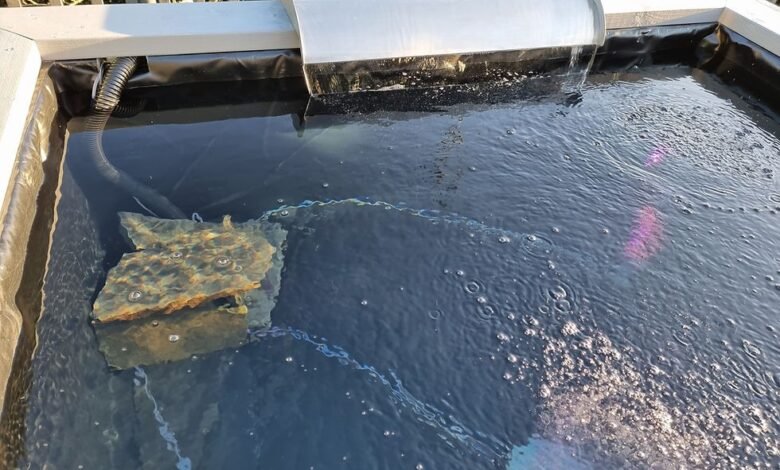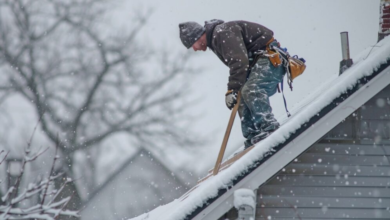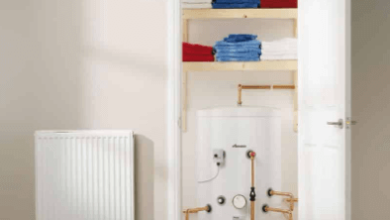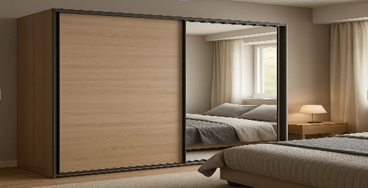Discover the Waterfall Blade: Revolutionize How You Clear Standing Water

The Waterfall blade has quietly transformed water removal for detailers, boaters, and homeowners who refuse to settle for slow, streaky results. This ergonomic silicone tool channels water into a single, cascading stream, drying large surfaces in seconds rather than minutes. Unlike bulky blowers or lint-prone towels, the waterfall blade delivers a controlled, gravity-assisted flow that leaves no droplets behind. In this fresh exploration, learn how this modern essential works, where it excels, and why it deserves a permanent spot in your cleaning arsenal.
Understanding the Waterfall Blade Design
At first glance, the waterfall blade resembles an oversized, ultra-flexible spatula. Its core innovation lies in the patented lip geometry: a gentle curve along the leading edge creates a low-pressure zone that draws water into a unified sheet. As you glide the tool across a surface, water funnels downward in a continuous ribbon—hence the “waterfall” name.
Most models measure between 11 and 16 inches wide, with a soft durometer silicone rated safe for automotive clear coats, marine gelcoat, and household glass. The handle incorporates a non-slip grip and a slight forward tilt, reducing wrist strain during extended sessions. Lightweight construction—typically under 12 ounces—ensures fatigue-free operation even on tall SUVs or cabin cruisers.
Origins of the Waterfall Blade Concept
The waterfall blade traces its roots to industrial window-cleaning systems used on skyscrapers in the late 1980s. Engineers noticed that angled silicone lips on wide squeegees produced a cleaner, faster water sheet than straight rubber blades. By the early 2000s, marine technicians adapted the principle for fiberglass hulls, where rapid salt-water removal prevents osmotic blistering.
Entrepreneurs recognized the crossover potential for everyday consumers. The first consumer-grade waterfall blade launched in 2008, marketed initially to motorcycle enthusiasts who needed quick drying without buffing delicate chrome. Word spread through detailing forums, and by 2015 major automotive accessory brands released refined versions with ergonomic handles and color-coded sizes.
See also: Decluttering Your Home: When to Call in the Experts
Why Choose a Waterfall Blade Over Traditional Methods
Precision Water Channeling
The waterfall blade excels at directing every droplet into one predictable path. Towels scatter water; air blowers create turbulence. With the blade, you control the exit route, preventing runoff onto lower panels or interior trim.
Reduced Physical Effort
A single downward stroke can clear an entire door panel. The silicone lip does the work—minimal downward pressure is required. Users with arthritis or repetitive strain injuries report dramatic relief compared to wringing out heavy chamois.
Lower Contamination Risk
Because the waterfall blade never absorbs water, it cannot redeposit dirt or soap residue. Rinse the blade under a hose after each job, and it is ready for the next surface without cross-contamination.
Eco-Friendly Operation
No electricity, no disposable paper towels, no chemical drying agents. The waterfall blade aligns with sustainable cleaning practices while cutting water waste—most of the rinse water ends up on the ground rather than evaporating into the air.
Ideal Applications for the Waterfall Blade
Automotive Detailing
After the final rinse, start at the roofline and work downward. The waterfall blade removes 95 percent of standing water, leaving only bead-sized droplets in recesses. Follow with a quick microfiber pass for concours-level shine.
Marine and RV Maintenance
Salt crystals form within minutes on gelcoat. Deploy the waterfall blade immediately after trailering to flush away brine before it dries. Extendable handle adapters reach high cabin tops or flybridges.
Home and Commercial Glass
Window washers pair the waterfall blade with a scrubber sleeve for streak-free results on storefronts or sliding patio doors. The wide blade covers more linear feet per stroke than narrow squeegees.
Solar Panel Cleaning
Photovoltaic arrays lose efficiency when mineral spots bake onto glass. Technicians use deionized water and a waterfall blade to restore maximum light transmission without climbing ladders repeatedly.
Mastering Waterfall Blade Technique
- Pre-Rinse Thoroughly – Remove loose debris to prevent the silicone lip from dragging grit.
- Position at 30–40 Degrees – Tilt the handle forward so the curved lip maintains full contact.
- Start High, Finish Low – Let gravity pull the water sheet toward the ground.
- Overlap Strokes by 2 Inches – Ensure no gaps where water can hide.
- Clear the Lip Frequently – Flick excess water into a bucket or onto pavement.
- Finish Tight Areas – Use the blade’s corner to chase water from mirror caps or emblems.
Practice on a vertical glass door first; the visible water sheet provides instant feedback on angle and pressure.
Selecting the Right Waterfall Blade Model
Entry-level 12-inch blades suit compact cars and household windows. Mid-size 14-inch versions balance coverage and maneuverability for sedans and crossovers. Professional-grade 16-inch models with telescoping handles tackle trucks, vans, and boats.
Look for UV-stabilized silicone to prevent cracking in sunny climates. Reinforced core inserts add rigidity without sacrificing flexibility. Some brands offer replaceable lip cartridges, extending the tool’s lifespan indefinitely.
Care and Storage Best Practices
Rinse the waterfall blade with fresh water after every use to dissolve mineral buildup. Store it flat or hanging—never folded—to preserve the lip curve. Avoid prolonged exposure to brake dust or petroleum distillates, which can swell silicone over time. A quarterly inspection for nicks ensures continued flawless performance.
Real-User Insights on Waterfall Blade Performance
Detail shop owners report cutting drying time by 70 percent, allowing an extra vehicle per bay on busy Saturdays. Yacht crew members praise the blade for eliminating towel laundry on multi-day charters. Homeowners appreciate the silent operation—no leaf blower noise to disturb neighbors.
Conclusion
The Waterfall blade proves that small innovations can yield outsized results. By harnessing fluid dynamics in a palm-sized package, it eliminates the tedium of traditional drying while protecting surfaces from spots and contamination. Whether you maintain a daily driver, a weekend cruiser, or commercial storefronts, integrating the waterfall blade into your workflow delivers faster finishes and lasting satisfaction. Equip yourself with this modern essential and watch water vanish at your command.
Frequently Asked Questions
Will a waterfall blade scratch modern clear coat?
No. The medical-grade silicone lip is softer than automotive paint and safe when used on clean, rinsed surfaces.
Can the waterfall blade remove ice or snow?
It is not designed for frozen water. Use a plastic scraper for ice, then employ the blade once surfaces thaw.
Is the waterfall blade effective on textured surfaces like truck bed liners?
Limited. It works best on smooth panels; textured areas require supplemental air drying or towels.
How wide a path does the average waterfall blade clear?
A 14-inch model covers approximately 13 inches per stroke, accounting for slight overlap.
Are replacement parts available for waterfall blades?
Many premium brands sell interchangeable lip strips and handle extensions separately, reducing long-term costs.




